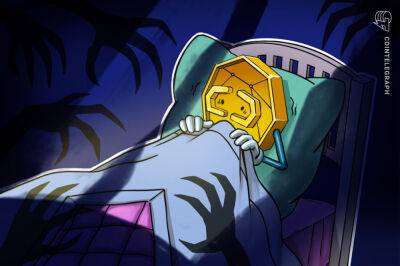The meaningful shift from Bitcoin maximalism to Bitcoin realism
There was a time when all cryptocurrencies traded against Bitcoin (BTC). Speculators ventured into other coins when they saw assuring tokenomics or promising hype, but Bitcoin was their settlement coin of choice.
Things have changed. Stablecoins now constitute a critical $150 billion pillar in the cryptocurrency market. Perpetual futures over-amplify market sentiment and, more often than not, dominate price action. Much more capital, including from institutional funds, has come into the market lately with only a moderate impact on Bitcoin’s price. So, some former bulls now dismiss Bitcoin as boring.
Is this the end of Bitcoin maximalism? Probably not. But, perhaps, it’s time for more realism.
Related: Gold, Bitcoin or DeFi: How can investors hedge against inflation?
Just as Disney’s stock can hold value next to gold, new digital-native names like the nonfungible token (NFT) project Bored Ape Yacht Club (BAYC) can rise next to Bitcoin in the digital asset arena. And, just as investors would be willing to obtain the rights to a nearly century-old Mickey Mouse, the BAYC represents a new approach to brand building. And, it could work.
It might not, though. It’s speculative, which is what traders like.
ApeCoin’s (APE) volatility is not the same as that seen in Bitcoin today. The apes track brand hype, while Bitcoin now trades against a macroeconomic backdrop. It’s realistic to say that Bitcoin is consolidating as a core holding, not just in the digital asset space but even with some brave institutional investors — who typically shun volatility. Bitcoin is the established base layer in the digital asset market, but will it also be the ultimate reserve asset?
In all fairness, it’s not Ripple (XRP), Shiba Inu (SHIB) or Bitcoin Cash
Read more on cointelegraph.com


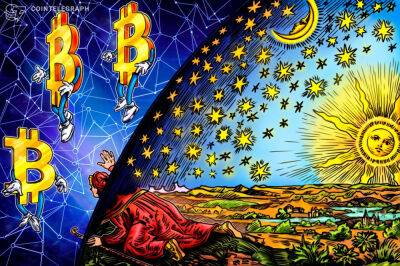


![Decoding why Bitcoin[ BTC] is below the $30k range yet again - ambcrypto.com - city Santiment](https://gocryptonft.com/storage/thumbs_400/img/2022/5/21/43024_ga6x.jpg)



![How Bitcoin’s [BTC] consolidation phase can yield profits for traders - ambcrypto.com](https://gocryptonft.com/storage/thumbs_400/img/2022/5/21/42901_bzt.jpg)
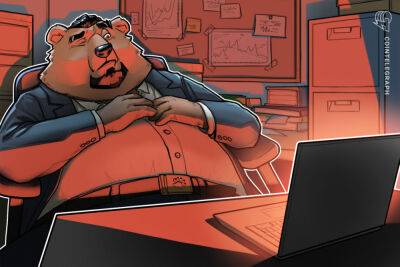



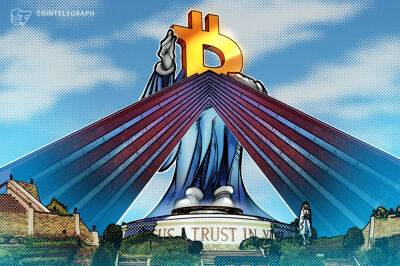
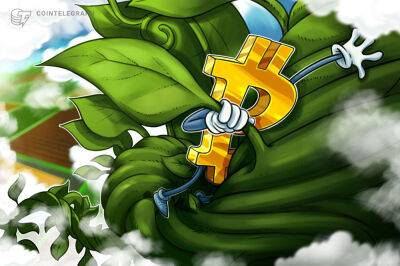

![Bitcoin Cash [BCH]: Could March 2020 levels be invalidated in weeks to come - ambcrypto.com](https://gocryptonft.com/storage/thumbs_400/img/2022/5/20/42649_ee3b.jpg)
